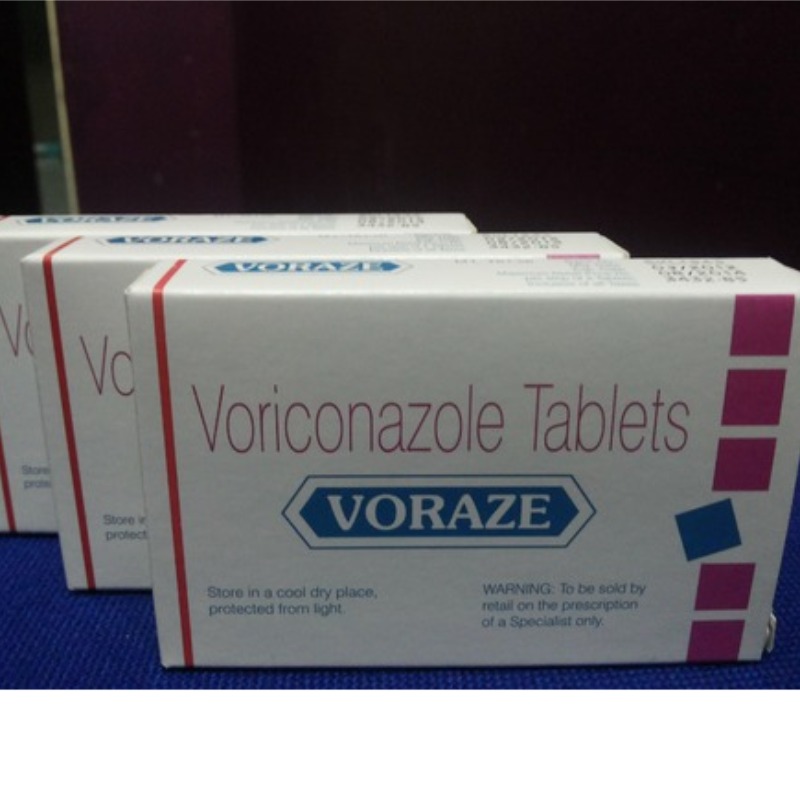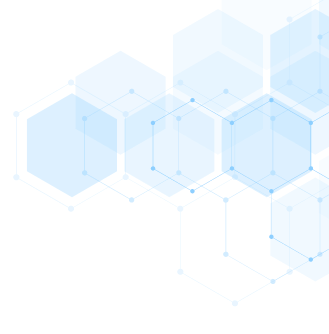DESCRIPTION
MECHANISM OF ACTION
The mechanism of action of voriconazole, similar to that of all azole agents, is inhibition of cytochrome P450 (CYP 450)–dependent 14α-lanosterol
demethylation, which is a vital step in cell membrane ergosterol synthesis by fungi [1].
For yeasts, voriconazole appears to be fungistatic, as are other azoles..
ABSORPTION
Voriconazole can be given orally or as an intravenous infusion. After oral administration, it is absorbed rapidly within 2 hours
with an oral bioavailability of > 90% [8]. Absorption is not affected by gastric pH, but food delays absorption and reduces bioavailability by 22%.
DISTRIBUTION
The volume of distribution of voriconazole is 2-4.6 L/kg, suggesting extensive distribution into extracellular and intracellular
compartments. Voriconazole was measured in tissue samples of brain, liver, kidney, heart, lung as well as cerebrospinal fluid.
INDICATIONS
• 1.1 Invasive Aspergillosis. ...
• 1.2 Candidemia in Non-neutropenic Patients and Other Deep Tissue Candida Infections.
• 1.3 Esophageal Candidiasis.
• 1.4 Scedosporiosis and Fusariosis.
• 1.5 Usage.
DOSAGE RANGE
A total of 630 drugs are known to interact with voriconazole, categorized as 237 major, 369 moderate, and 24 minor interactions.
TOXICITY
Toxicity is difficult to determine in immunosuppressed patients because of numerous comorbidities and other toxic treatments.
Some retrospective studies have related toxicity to voriconazole blood levels above 5.0 or 5.5 μg/mL [1, 2].
SPECIFICATION


Login To Comment